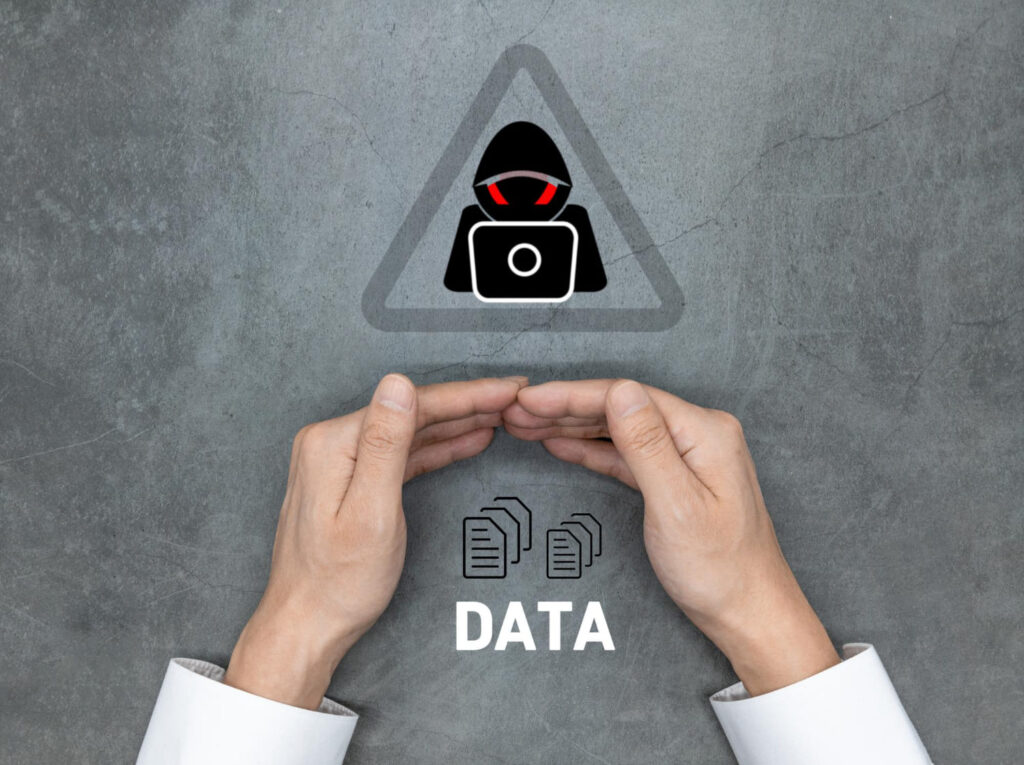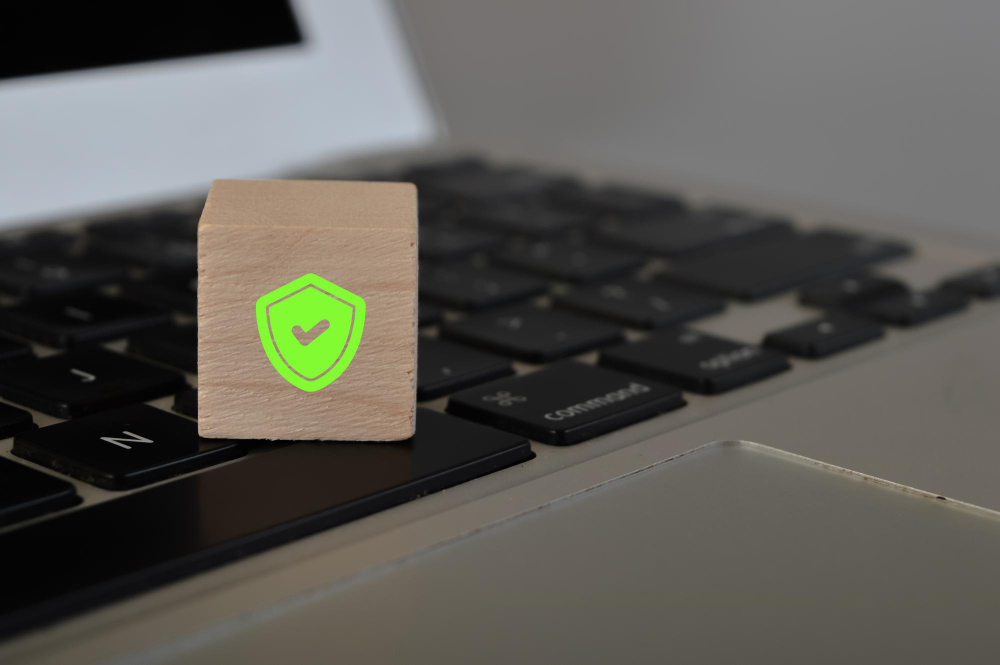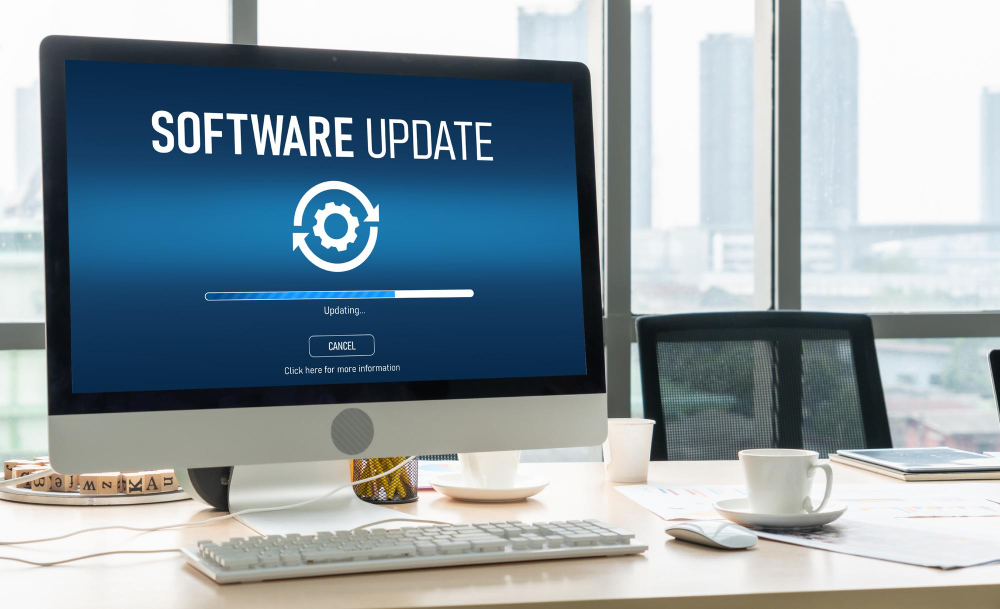Ever wonder how hackers snag your passwords or personal information? Keyloggers might be the sneaky culprits hiding in your computer, tracking every keystroke.
These stealthy programs can cause serious trouble, impacting your personal and professional life. That’s why understanding keyloggers is important in today’s digital world.
Ready to learn more? Keep reading to learn how a keylogger works, the different types and signs of infection, and how to protect your device system.
What is a Keylogger?

A keylogger is a sneaky tool that tracks and records every keystroke you make on your device, whether a computer or a phone.
Cybercriminals use keyloggers to steal sensitive information like passwords, credit card numbers, and personal messages.
There are two primary types of keyloggers: software keyloggers and hardware keyloggers.
The 2019 Global Threat Intelligence Report identified keylogging malware, along with spyware, as the top threat in cyberattacks, emphasizing the critical need for protection.
Why are Keyloggers Used?

Keyloggers are popular among cybercriminals because they can easily capture sensitive information. However, there are some legitimate reasons for keylogger usage.
Here are a few reasons why they’re used:
- Stealing personal data: They grab passwords, credit card numbers, and other private information.
- Corporate espionage: They gather confidential business data and trade secrets.
- Monitoring: Employers or parents might use them to track computer activity for productivity or safety reasons.
- Security testing: Cybersecurity experts utilize keyloggers to detect computer system and network weaknesses.
- Parental control: Parents might use keyloggers to monitor their children’s online activities.
One important thing to note: keyloggers fall under the spyware category.
Types of Keyloggers

Keyloggers come in two main forms: software-based and hardware-based. Each type operates differently but poses serious security risks.
Software-based Keyloggers
These are hidden programs installed on your device without your knowledge. They often enter your system through malicious downloads, email attachments, or compromised websites.
Once inside, they record your keystrokes and send the data to the attackers. Common keylogger software types include:
- API-based Keyloggers: These interact with your operating system to capture keystrokes.
- Form Grabbing Keyloggers: These capture data entered into web forms before encryption occurs.
These keyloggers are dangerous because they operate silently and are hard to detect.
Hardware-based Keyloggers
Conversely, hardware-based keyloggers are physical devices connected to your computer. They are typically placed between the keyboard and the computer or hidden inside the keyboard.
Common hardware keylogger types include:
- Keyboard Hardware Keyloggers: Plugged directly into the keyboard’s cable.
- USB Keyloggers: Inserted into a USB port to record keystrokes.
These devices can be difficult to spot since they do not rely on software that antivirus programs can detect.
How Keyloggers Work

Keyloggers capture your keystrokes and send this data to the attackers. Here’s a simple breakdown:
- Installation: They get installed via malicious downloads, email attachments, or physical access to your device.
- Recording keystrokes: They run silently in the background, logging everything you type.
- Data transmission: The captured keystrokes are sent to the attacker online or stored locally for later retrieval.
- Data exploitation: Attackers use this information to access your accounts, steal personal information, or perform other malicious activities.
Additionally, keyloggers can sneak into your system through various channels. Here are some common methods:
- Web page scripts: Malicious scripts on websites can install keyloggers when you visit them.
- Phishing: Deceptive emails with links or attachments that install keyloggers when opened.
- Social engineering: Attackers pose as legitimate entities to trick you into installing keyloggers.
- Unidentified software: Keyloggers can be hidden in seemingly harmless software, such as free downloads or updates.
What are the Signs That There’s a Keylogger on My Device?

Wondering about the signs that a keylogger has infected your device? While it’s tricky, there are common signs to watch out for:
- Sluggish performance: A keylogger might be running in the background if your device suddenly slows down or becomes unresponsive.
- Increased data usage: Unexpected data spikes could mean a keylogger sends your keystrokes to an attacker.
- Unusual activity: Look out for unusual behavior, such as unexplained settings changes or unfamiliar programs running.
- Antivirus Alerts: Keep your antivirus software up to date and run regular scans. Alerts about suspicious activity can indicate a keylogger.
- Frequent Crashes: If your device or apps crash more frequently than usual, a keylogger might be the cause.
- Unexpected Pop-ups: An increase in pop-up ads or warnings can be a sign of malware, including keyloggers.
If you notice any of these signs, act quickly. Run a full antivirus scan, change your passwords, and think about consulting a cybersecurity professional to secure your device.
Protecting Yourself from Keyloggers

How to Protect Yourself from Keylogging Attacks on Personal Devices
Keeping your personal devices secure is crucial in preventing keylogging attacks. Here are some key steps to follow:
- Use antivirus software: keep your antivirus updated and run regular scans.
- Enable two-factor authentication: This adds another security layer to your accounts.
- Avoid suspicious links: Never click on unknown links or download untrusted files.
- Keep software updated: Regularly update your OS and software to patch vulnerabilities.
- Use a virtual keyboard: Use a virtual on-screen keyboard for sensitive entries.
How to Protect Yourself from Keylogging Attacks on Public Devices
Public computers can be especially vulnerable to keyloggers. Follow these tips to stay safe:
- Avoid logging into sensitive accounts: Don’t access personal or financial accounts on public computers.
- Use Incognito mode: This helps reduce the risk of keyloggers capturing your data.
- Check physical connections: Inspect the computer for any unusual devices plugged into it.
- Clear browsing data: Always clear your history and log out of all accounts before leaving.
How to Protect Yourself from Keyloggers that are Remotely Installed
Remote keyloggers can be challenging to detect. Here’s how to protect yourself:
- Use firewall protection: Enable the firewall to block unauthorized access.
- Regular software scans: Use anti-malware tools to detect and remove keyloggers.
- Monitor data usage: Unusual data spikes can indicate remote keylogging activity.
- Stay cautious with emails: Avoid opening suspicious emails or attachments.
How to Remove Keyloggers

Removing keyloggers is essential for keeping your device secure. Here’s how to do it:
- Run a full antivirus scan: Use your updated software to perform a thorough scan. Most antivirus programs can find and remove keyloggers.
- Use anti-malware tools: Tools like Malwarebytes can detect and eliminate keyloggers that antivirus software might miss.
- Update software: Keep your OS and all software up to date to fix vulnerabilities that keyloggers might exploit.
- Check installed programs: Review your installed programs and uninstall any suspicious or unfamiliar ones.
- Reset your device: If the keylogger remains, consider resetting it to factory settings. This will remove all installed software, including malware.
After removing the keylogger, change all your passwords and monitor your accounts for any sketchy activity to ensure your data stays safe.
Frequently Asked Questions
How can I know if I am being tracked?
Look for signs like slow device performance, increased data usage, and unusual activity. Regular antivirus scans can also help detect tracking software.
What can keyloggers do to your computer?
Keyloggers can record your keystrokes, steal sensitive information, and compromise your online accounts.
How do I know if someone is tracking my keystrokes?
Unusual device behavior, frequent crashes, and unexpected pop-ups can indicate keystroke tracking.
Conclusion
Keyloggers pose a serious threat to your personal and professional information. It’s crucial to stay vigilant by using updated antivirus software, monitoring your device’s performance, and being cautious with downloads and links. If you notice signs of a keylogger, immediately protect your data.
For comprehensive cybersecurity protection, contact Fluxgate. Our cybersecurity experts offer robust solutions to keep your information safe from threats. Don’t wait until it’s too late—reach out to Fluxgate today for expert help and peace of mind.
